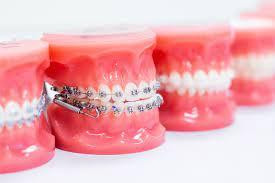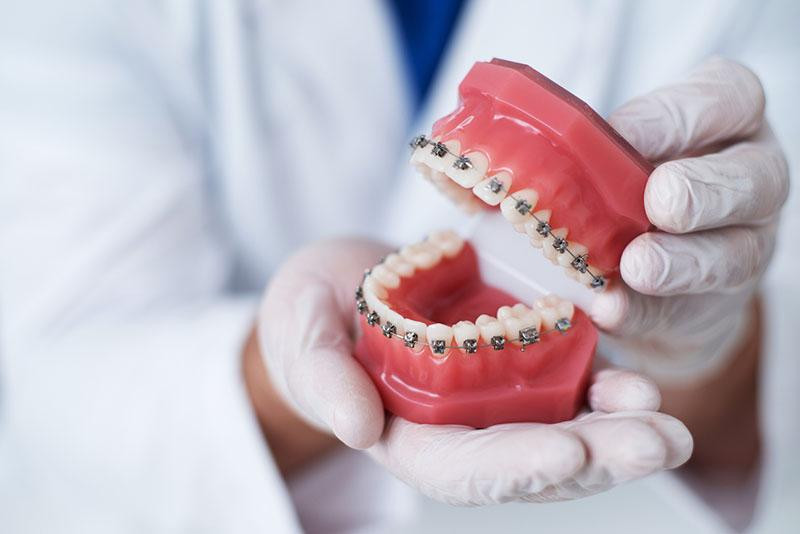What are deep cleaning teeth?
Scale and root planing or Dental Deep Cleaning is a procedure that cleans the roots of the teeth, removing plaque, tartar, and other deposits from under the gums. It is one of the most conservative and effective procedures for the treatment of periodontal disease before it progresses. Scaling is the removal of the calculations (commonly called tartar) and plaque that attach to the surface of the teeth. Scaling and root planing cleans between the gums and teeth along with the roots. Consult the weekend dentist near me for the execution of the treatment.
Scaling and root planing can relieve the maximum number of patients, especially patients with gum disease, and where the rubber has started to pull from the teeth. This is a common form of treatment for gum disease. The scale is the removal of tartar, also called tartar and plaque. Root planing is the removal of any calculus from the surfaces of uneven teeth and also softens our irregularities on the root surface.
Root planing involves careful scraping of the root of the tooth with the aim of reducing inflammation. The dentist does the scratching to even the irregular areas and prevents the development of plaque and bacterial film. Scaling and smoothing remove irritants that can cause gum disease. If the gum disease is mild, scaling and root planning may be the only treatment needed.
HOW IS IT EXECUTED?
The procedure can be performed manually, with a scraping device, or by using ultrasound technology to remove any build-up. The dentist cleans the hidden part of the tooth from the gums using a device that moves between the tooth and the gum to remove plaque and tartar from the area.
WHAT TO EXPECT AFTER SCALING AND ROOT PLANING?
Post-treatment care:
After the procedure is important for good dental hygiene practice. After local anesthesia, patients should be careful with hot or sharp drinks, foods like the mouth will be numb. The dentist will prescribe painkillers if the treated area hurts once the anesthetic has worn off.
Disadvantages of deep cleaning teeth:
The procedure can be a little uncomfortable if performed without anesthesia, and for the majority of patients, the area is a bit sore following the procedure.
When Is Scaling and Root Planing Recommended?
Although routine cleanings are done to prevent periodontally (gum) disease, scaling, and root planing are non-surgical procedures done to treat periodontal disease.
Healthy gum tissue fits tightly around each tooth, and the dental Group suggests the quantity of the gumline to where it attaches to the tooth should only be 1 to 3 millimeters in depth. But, when bacterial plaque and tartar accumulate around gums, tissues that support your teeth may be affected and can cause periodontal disease.
Scaling and root planing, provided by your dentist, can either take one or more appointments to complete, and a local anesthetic is often used to minimize any discomfort. The process consists of thoroughly scaling all plaque, bacterial toxins, and tartar deposits from your teeth and root surfaces; and then root planing, which smoothes all rough areas on your roots' surfaces. That helps to keep bacteria, plaque, and tartar from re-adhering underneath the gum line.
Deep cleaning teeth before and after:
As a follow-up, make an appointment with your dentist to check on the healing of your gums and the status of your pockets. The good news is that in most cases, the red or swollen gum tissue becomes firm and pink again, bleeding is eliminated. If your gum tissue has countered well and stays stable, you may not require any further treatment.
The more advanced periodontal situation may require surgical interventions by periodontitis after root planing and scale to stop the progression of bone loss.
Article Source : https://sapphiresmilesdental.wordpress.com/2021/08/19/dental-deep-cleaning-things-need-to-know/

